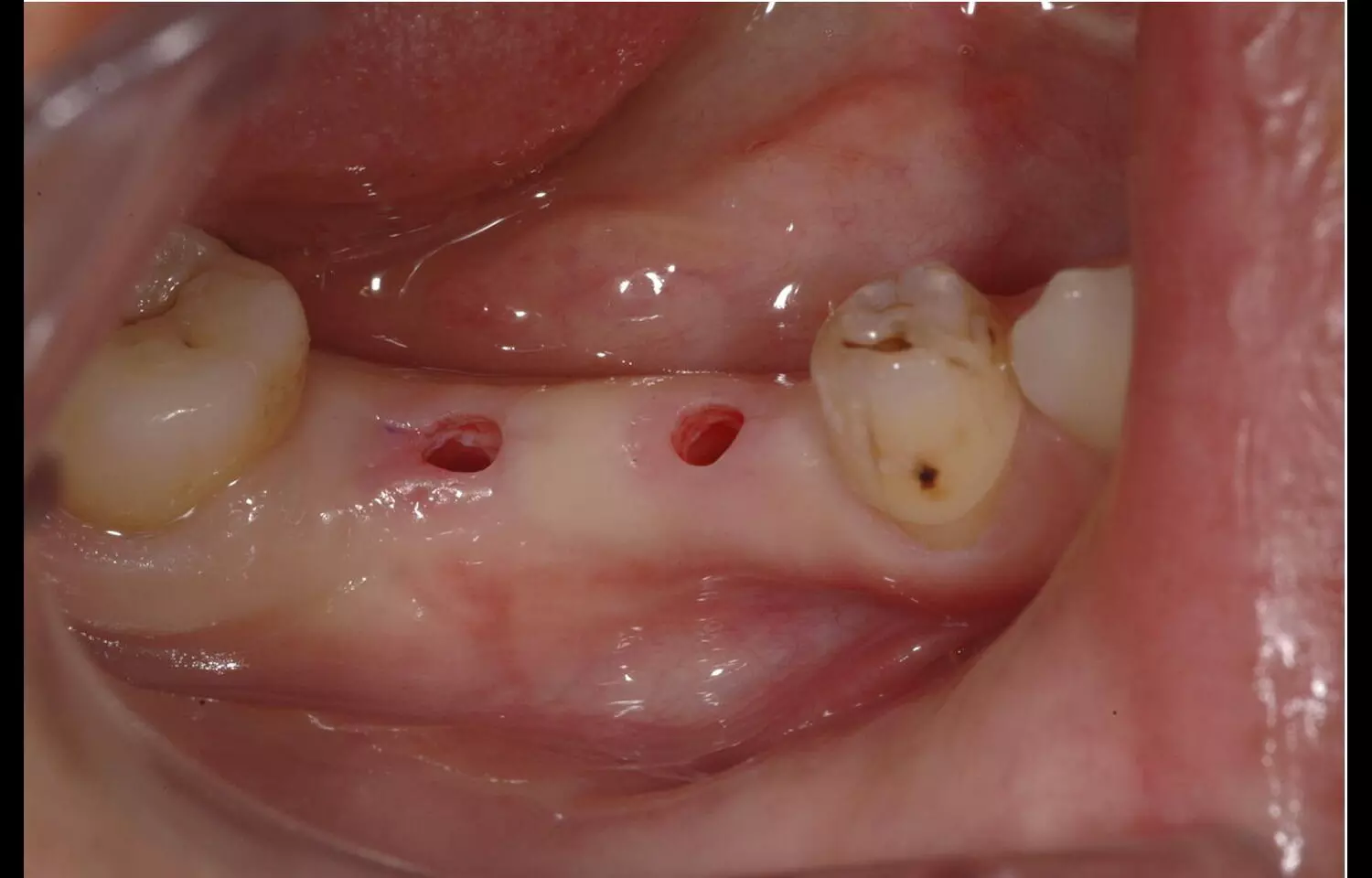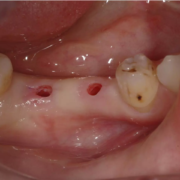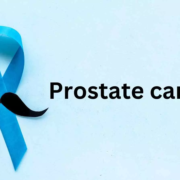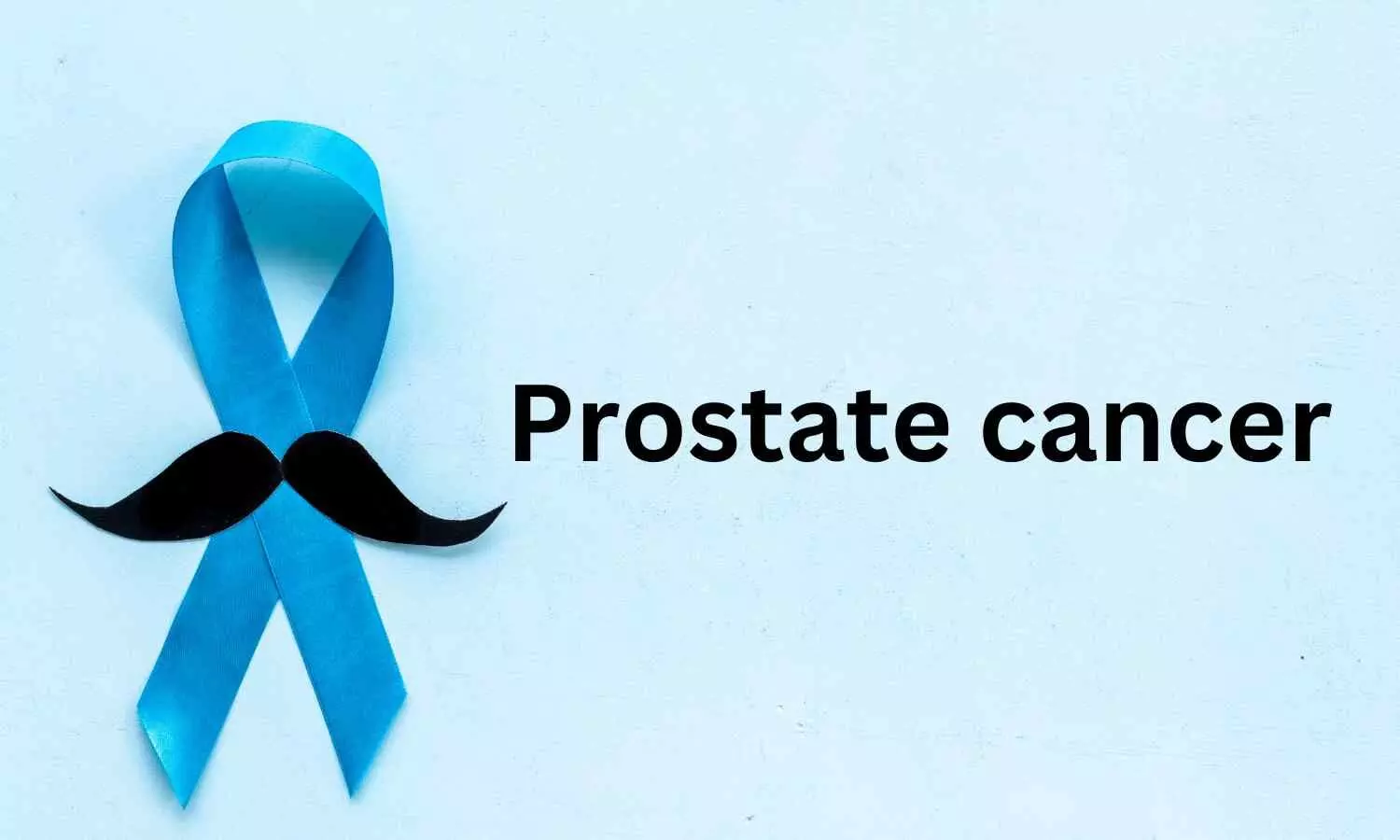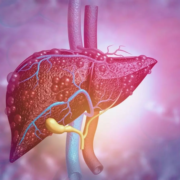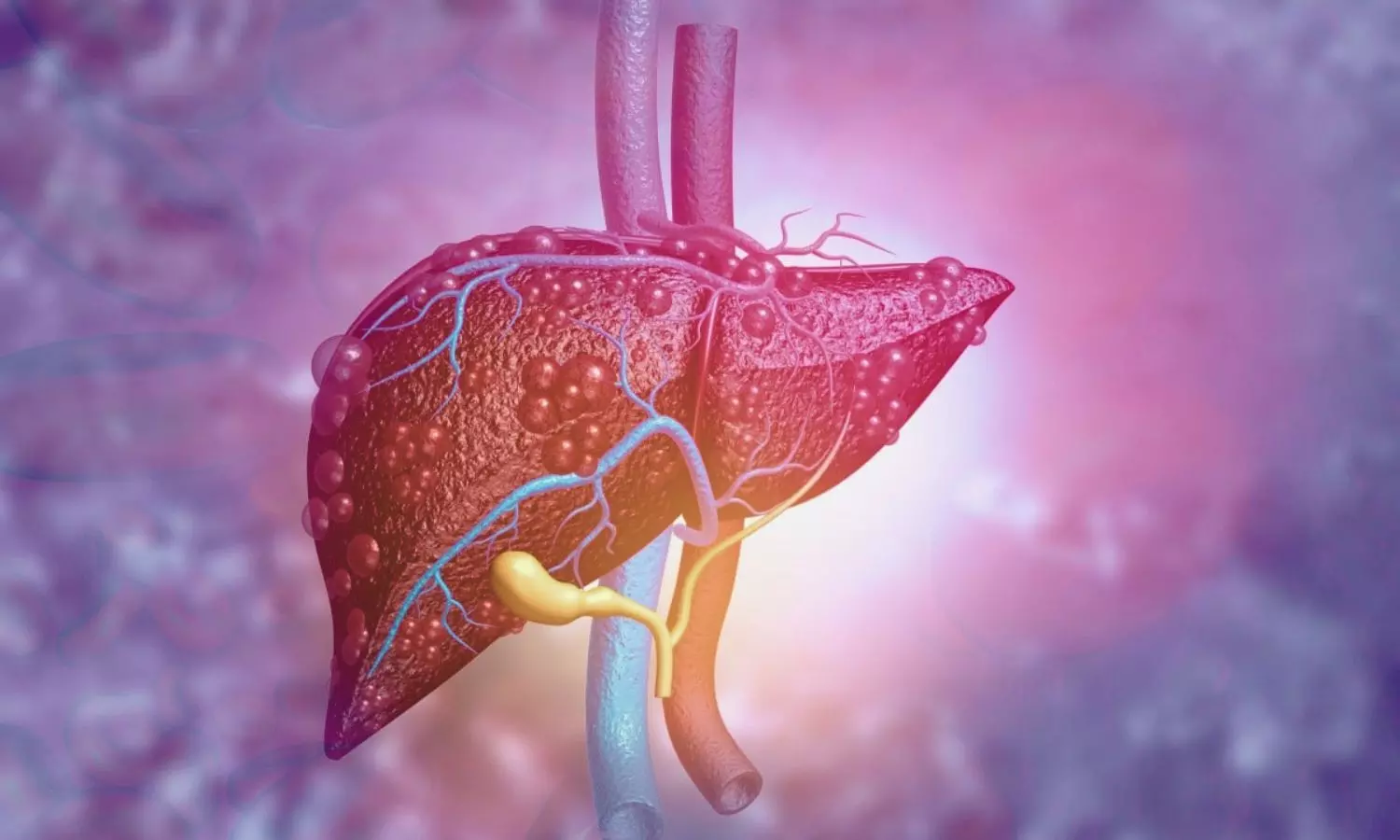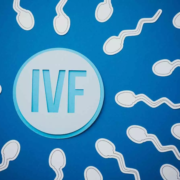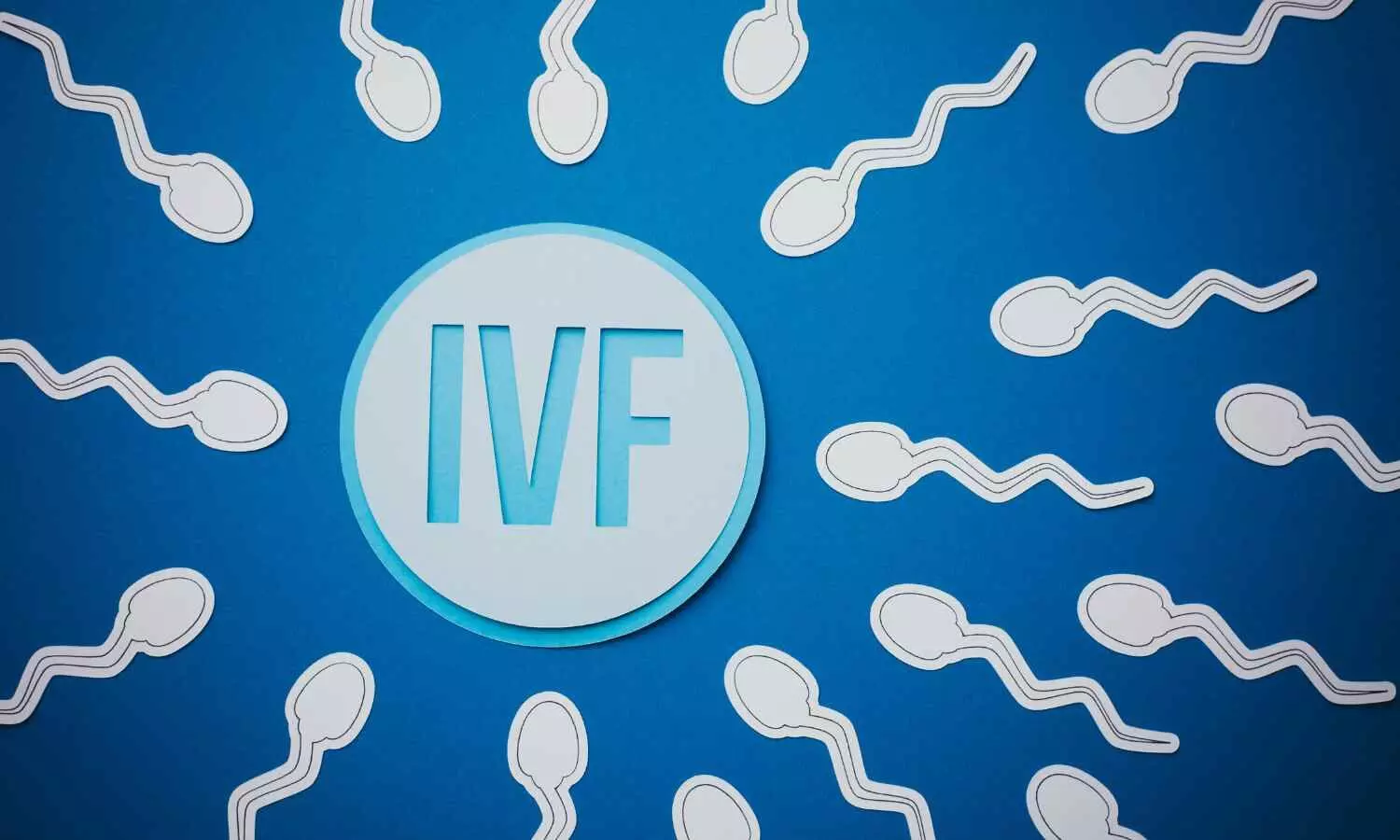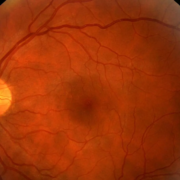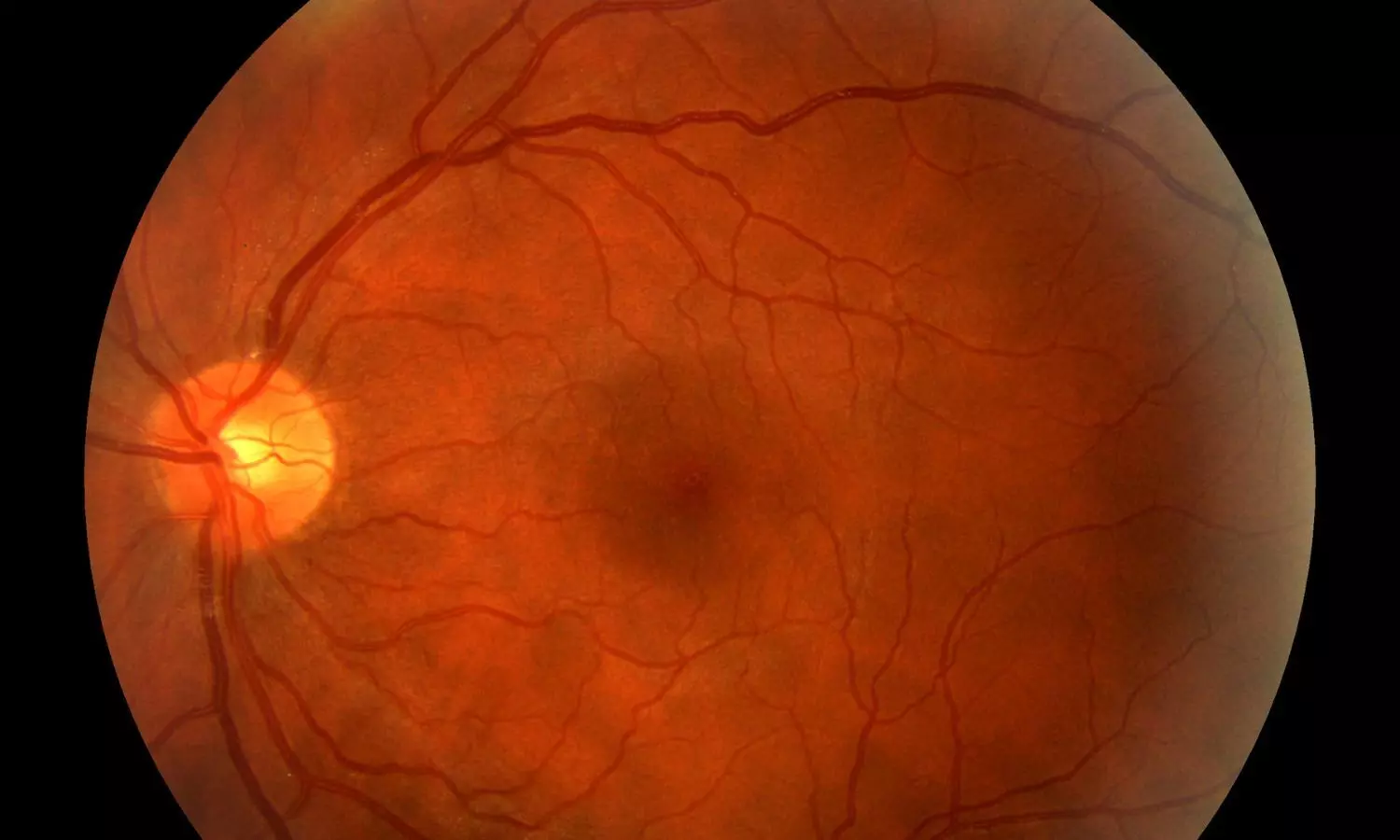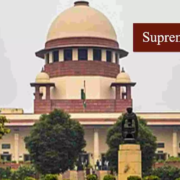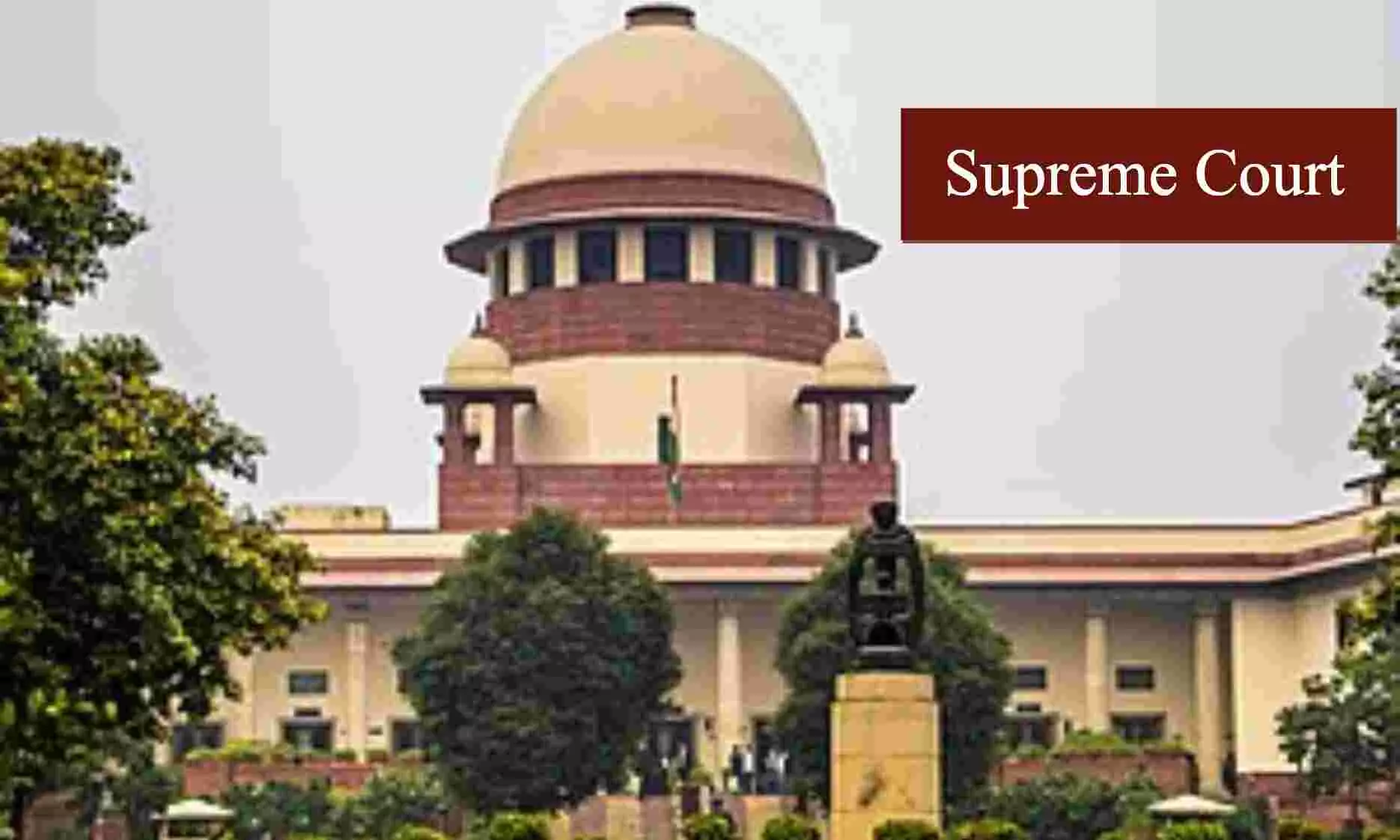
New Delhi: While considering the case of a 17-year-old NEET aspirant‘s death by suicide in Visakhapatnam, the Supreme Court on July 25 addressed the increasing instances of student suicides in India and issued interim guidelines to safeguard the mental health of students across all educational institutes.
The top court bench comprising justices Vikram Nath and Sandeep Mehta took note of “a legislative and regulatory vacuum in the country with respect to a unified, enforceable framework for suicide prevention of students in educational institutions, coaching centres, and student-centric environments”, and issued the interim guidelines “aimed at laying down a preventive, remedial, and supportive framework for mental health protection and prevention of suicides by students across all educational institutions.”
“Keeping in view of the above, and in exercise of the powers conferred upon this Court under Article 32 of the Constitution of India for the enforcement of fundamental rights, and treating this pronouncement as law declared by this Court under Article 141, we hereby issue the following guidelines, which shall remain in force and be binding until such time as appropriate legislation or regulatory frameworks are enacted by the competent authority,” observed the top court bench.
The guidelines issued by the Apex Court are as follows:
I. All educational institutions shall adopt and implement a uniform mental health policy, drawing cues from the UMMEED Draft Guidelines, the MANODARPAN initiative, and the National Suicide Prevention Strategy. This policy shall be reviewed and updated annually and made publicly accessible on institutional websites and notice boards of the institutes.
II. All educational institutions with 100 or more enrolled students shall appoint/engage at least one qualified counsellor, psychologist, or social worker with demonstrable training in child and adolescent mental health. Institutions with fewer students shall establish formal referral linkages with external mental health professionals.
III. All educational institutions shall ensure optimal student-to-counsellor ratios. Dedicated mentors or counsellors shall be assigned to smaller batches of students, especially during examination periods and academic transitions, to provide consistent, informal, and confidential support.
IV. All educational institutions, more particularly the coaching institutes/centres, shall, as far as possible, refrain from engaging in batch segregation based on academic performance, public shaming, or assignment of academic targets disproportionate to students’ capacities.
V. All educational institutions shall establish written protocols for immediate referral to mental health services, local hospitals, and suicide prevention helplines. Suicide helpline numbers, including Tele-MANAS and other national services, shall be prominently displayed in hostels, classrooms, common areas, and on websites in large and legible print.
Also Read: NEET Aspirant Suicide in Rajasthan- SC seeks Action Report from State
VI. All teaching and non-teaching staff shall undergo mandatory training at least twice a year, conducted by certified mental health professionals, on psychological first-aid, identification of warning signs, response to self-harm, and referral mechanisms.
VII. All educational institutions shall ensure that all teaching, non-teaching, and administrative staff are adequately trained to engage with students from vulnerable and marginalised backgrounds in a sensitive, inclusive, and nondiscriminatory manner. This shall include, but not be limited to, students belonging to Scheduled Castes (SC), Scheduled Tribes (ST), Other Backward Classes (OBC), Economically Weaker Sections (EWS), LGBTQ+ communities, students with disabilities, those in out-of-home care, and students affected by bereavement, trauma, or prior suicide attempts, or intersecting form of marginalisation.
VIII. All educational institutions shall establish robust, confidential, and accessible mechanisms for the reporting, redressal, and prevention of incidents involving sexual assault, harassment, ragging, and bullying on the basis of caste, class, gender, sexual orientation, disability, religion, or ethnicity. Every such institution shall constitute an internal committee or designated authority empowered to take immediate action on complaints and provide psycho-social support to victims. Institutions shall also maintain zero tolerance for retaliatory actions against complainants or whistle-blowers. In all such cases, immediate referral to trained mental health professionals must be ensured, and the student’s safety, physical and psychological, shall be prioritised. Failure to take timely or adequate action in such cases, especially where such neglect contributes to a student’s self-harm or suicide, shall be treated as institutional culpability, making the administration liable to regulatory and legal consequences.
IX. All educational Institutions shall regularly organise sensitisation programmes (physical and/or online) for parents and guardians on student mental health. It shall be the duty of the institution to sensitise the parents and guardians to avoid placing undue academic pressure, to recognise signs of psychological distress, and to respond empathetically and supportively. Further, mental health literacy, emotional regulation, life skills education, and awareness of institutional support services shall be integrated into student orientation programmes and co-curricular activities.
X. All educational institutions shall maintain anonymised records and prepare an annual report indicating the number of wellness interventions, student referrals, training sessions, and mental health-related activities. This report shall be submitted to the relevant regulatory authority, which may be the State Education Department, University Grants Commission (UGC), All India Council for Technical Education (AICTE), Central Board of Secondary Education (CBSE), or as otherwise indicated.
XI. All educational institutions shall prioritise extracurricular activities, including sports, arts, and personality development initiatives. Examination patterns shall be periodically reviewed to reduce academic burden and to cultivate a broader sense of identity among students beyond test scores and ranks.
XII. All educational institutions, including coaching centres and training institutes, shall provide regular, structured career counselling services for students and their parents or guardians. These sessions shall be conducted by qualified counsellors and shall aim to reduce unrealistic academic pressure, promote awareness of diverse academic and professional pathways, and assist students in making informed and interest-based career decisions. Institutions shall ensure that such counselling is inclusive, sensitive to socioeconomic and psychological contexts, and does not reinforce narrow definitions of merit or success.
XIII. All residential-based educational institutions, including hostel owners, wardens and caretakers, shall take proactive steps to ensure that campuses remain free from harassment, bullying, drugs, and other harmful substances, thereby ensuring a safe and healthy living and learning environment for all students.
XIV. All residential-based institutions shall install tamper-proof ceiling fans or equivalent safety devices, and shall restrict access to rooftops, balconies, and other high-risk areas, in order to deter impulsive acts of self-harm.
XV. All coaching hubs, including but not limited to Jaipur, Kota, Sikar, Chennai, Hyderabad, Delhi, Mumbai, and other cities where students migrate in large numbers for competitive examination preparation, shall implement heightened mental health protections and preventive measures. These regions, having witnessed disproportionately high incidents of student suicides, require special attention. The concerned authorities, namely, the Department of Education, District Administration, and management of educational institutions, shall ensure the provision of regular career counselling for students and parents, regulation of academic pressure through structured academic planning, availability of continuous psychological support, and the establishment of institutional mechanisms for monitoring and accountability to safeguard student mental well-being.
“The above guidelines shall apply to all educational institutions across India, including public and private schools, colleges, universities, training centres, coaching institutes, residential academies, and hostels, irrespective of their affiliation. We may clarify that these guidelines are not in supersession but in parallel to the ongoing work of the National Task Force on Mental Health Concerns of Students and are being issued to provide an interim protective architecture in the interregnum. We believe that these guidelines shall be read as complementary to the ongoing work of the National Task Force and would inform and assist the National Task Force in the development of a more comprehensive and inclusive framework,” observed the top court bench.
Accordingly, the Apex Court has asked all States and Union Territories to notify these rules within two months mandating registration, student protection norms, and grievance redressal mechanisms for all private coaching centres. “These rules shall require compliance with the mental health safeguards prescribed herein,” mentioned the top court bench.
The court has instructed a district-level monitoring committee, constituted in each district under the Chairpersonship of the District Magistrate or Collector, to oversee the implementation, conduct inspections and receive complaints. Such committees may include representatives from the departments of education, health, and Child protection, civil society.
“Having regard to the serious and continuing nature of the concerns addressed herein, we direct the Union of India to file a compliance affidavit before this Court within a period of 90 days from the date of this judgment. The affidavit shall detail the steps taken to implement these guidelines, the coordination mechanisms established with State Governments, the status of regulatory rulemaking with respect to coaching centres, and the monitoring systems put in place. The affidavit shall also indicate the expected timeline for the completion of the report and recommendations of the National Task Force on Mental Health Concerns of Students,” ordered the top court bench.
The Plea before Supreme Court:
These directions were issued by the Supreme Court while considering the plea filed by the father of a NEET aspirant, who committed suicide while undergoing preparation for the medical entrance examination in Andhra Pradesh.
Back in 2022, the appellant’s 17-year-old daughter got admitted to a coaching institute in Visakhapatnam to prepare for NEET. On 14th July, 2023, the appellant got to know that his daughter had fallen from the 3rd floor of the residential hostel building and sustained injuries. Upon reaching the spot, the appellant found his daughter unconscious and on ventilator support. On 16th July, 2023, approximately 12:00 (noon), the appellant’s daughter, while undergoing medical treatment, passed away.
After the appellant’s plea for transferring the case to the CBI for investigation was dismissed by the Andhra Pradesh High Court, the appellant filed the plea before the Supreme Court bench.
The deceased’s father had argued that tha authorities’ failure to evaluate forensic samples from the deceased’s body and their classification of the suspicious death as suicide was illegal, arbitrary and unjustified.
While considering the matter, the HC bench in February 2024 had disposed of the plea stating that since there were two FIR registered in two different States- Andhra Pradesh and West Bengal (the prayer seeking transfer of the case to CBI was beyond the jurisdiction of the Court.
However, the Apex Court bench observed that these lapses justified the transferring of the probe to CBI in order to ensure impartiality and restore public confidence. The Court also observed that there were evidence of investigative failures, hasty probe conducted by police, discrepancies in the CCTV footage of the hostel building, medical negligence, forensic lapses and a conflict of interest. It noted that the same medical officer served as an autopsy surgeon, chemical analyst, and inquiry committee member, compromising objectivity.
“The foregoing facts and circumstances, including the glaring inconsistencies in the medical records, the autopsy report indicating suspicious contents of stomach despite the deceased allegedly being on ventilatory support, the unexplained lapses in seizure and preservation of critical forensic evidence, and the contradictory statements by authorities, collectively highlight a case of exceptional complexity and concern. These elements are not indicative of mere procedural irregularities but point towards a potentially deeper malaise in the investigational process. In such a situation, it becomes imperative to ensure that the sanctity of the administration of justice is preserved, and public confidence is upheld. Criminal investigation must, in all circumstances, be both fair and effective to uphold the rule of law. It is in these rare and extraordinary circumstances that the intervention of this Court is warranted, and the transfer of the investigation to the CBI becomes not only justified but essential,” ordered the top court bench. Accordingly, the Supreme Court quashed the HC order and transferred the investigation to the CBI.
Court’s observations regarding increasing instances of suicides by students:
While considering the matter, the Apex Court also noted that mental health is an integral component of the right to life under Article 21 of the Constitution of India, which the Court has upheld time and again.
Further, the bench referred to Mental Healthcare Act 2017, which reinforces this constitutional mandate by recognising every person’s right to access mental healthcare and protection from inhuman or degrading treatment in mental health settings.
Section 18 of the MH Act guarantees mental health services to all, and Section 115 of the MH Act explicitly decriminalises attempted suicide acknowledging the need for care and support rather than punishment. These provisions read with judicial precedents reflect a broader constitutional vision that mandates a responsive legal framework to prevent self-harm and promote well-being, particularly among vulnerable populations such as students and youth, noted the Court.
Further, the bench highlighted that the evolving international norms reinforced the view that suicide prevention was not merely a policy objective but a binding obligation.
At this outset, the Court also noted that despite these constitutional and international obligations, there is a legislative and regulatory vacuum in the country with respect to a unified, enforceable framework for suicide prevention of students in educational institutions, coaching centres, and student-centric environments.
“Given the pressing nature of the crisis, particularly in cities like Kota, Jaipur, Sikar, Vishakhapatnam, Hyderabad, and Delhi (NCR), etc., where students migrate in large numbers for competitive examinations and face intense psychological pressure, immediate interim safeguards are the call of the day,” observed the bench while issuing the interim guidelines.
Medical Dialogues had previously reported that earlier this year, the Supreme Court bench had ordered the constitution of a National Task Force (NTF) for mental health after taking cognisance of a disturbing pattern of student suicides being reported from various educational institutes. Accordingly, the Apex Court had ordered to set up the National Task Force to address the mental health concerns of the students.
